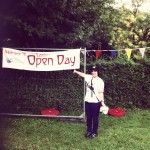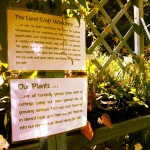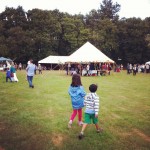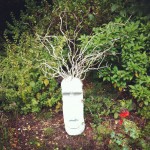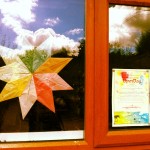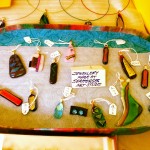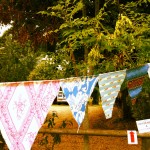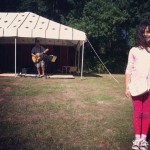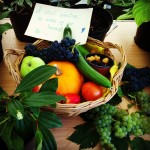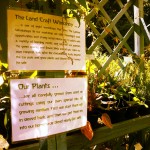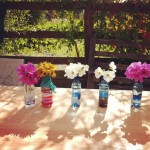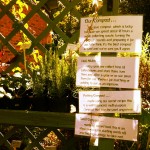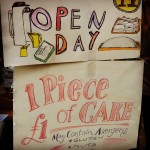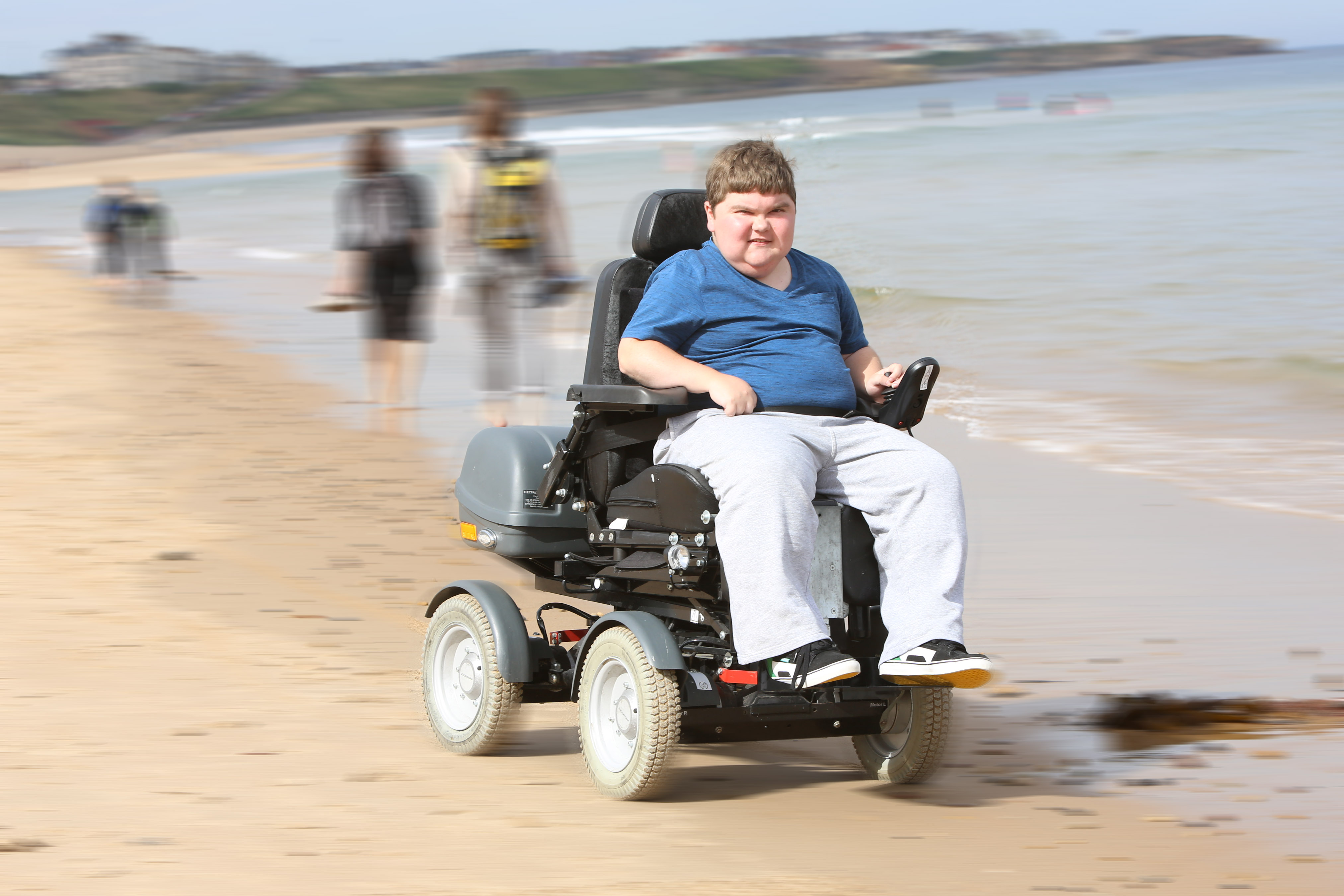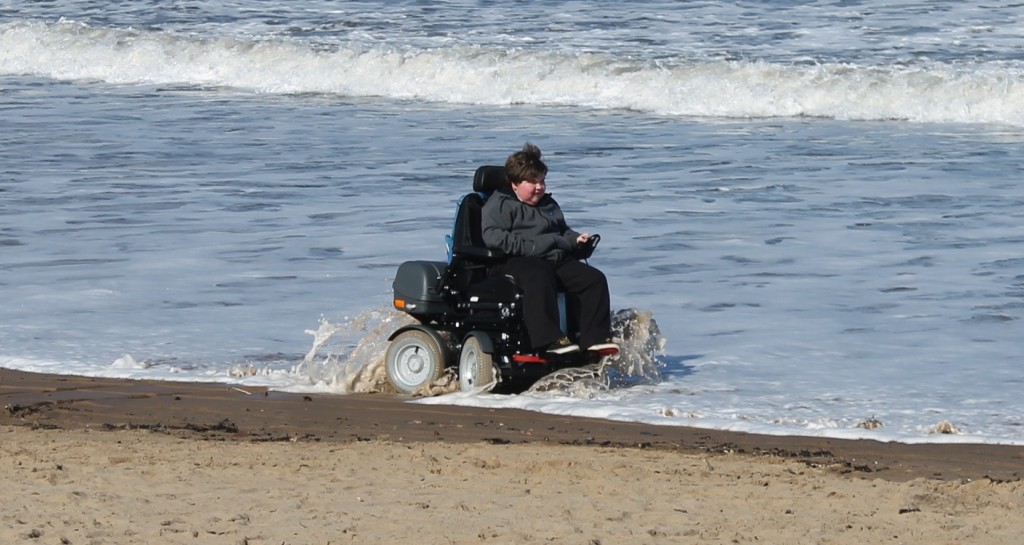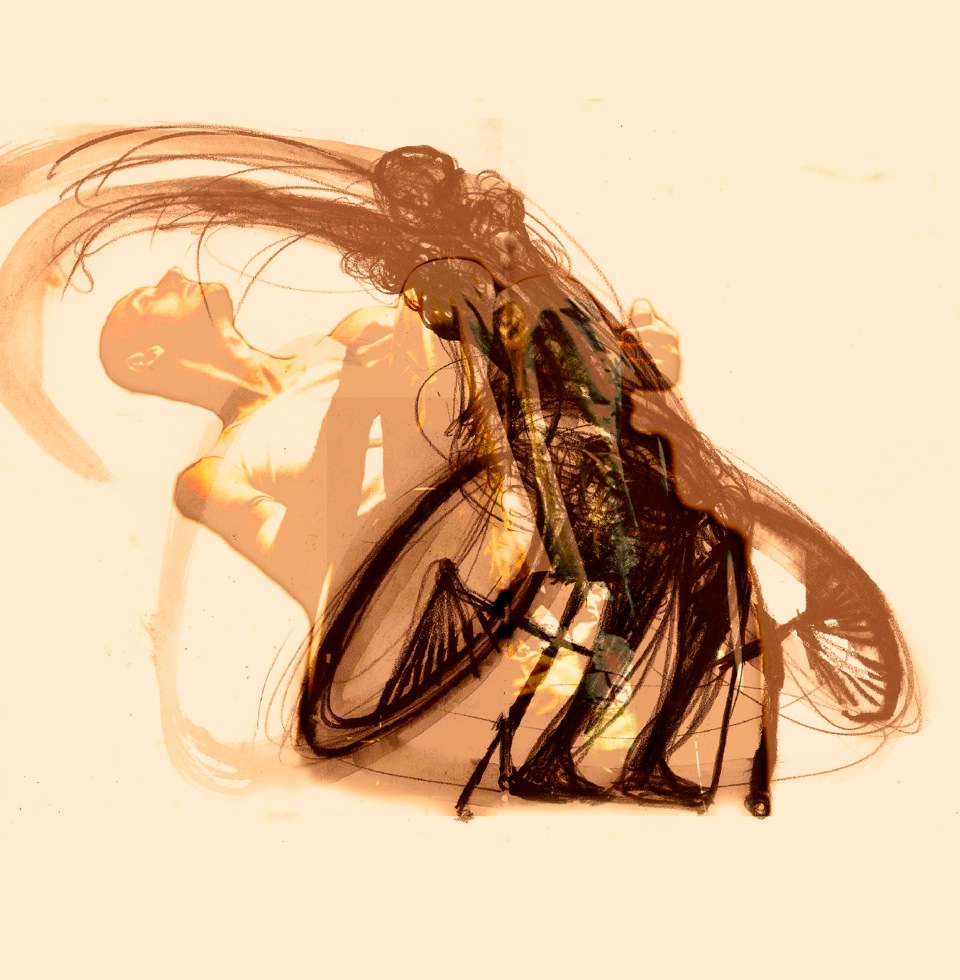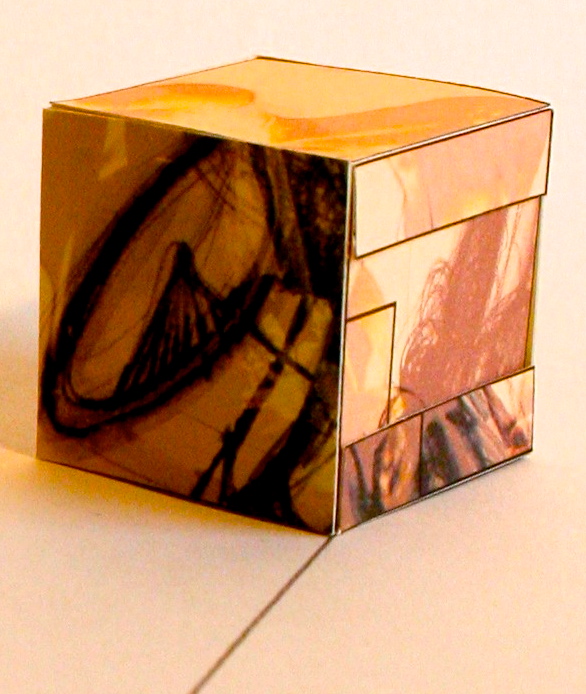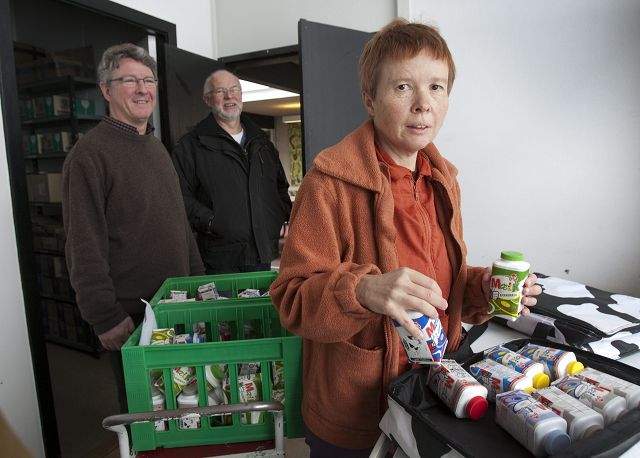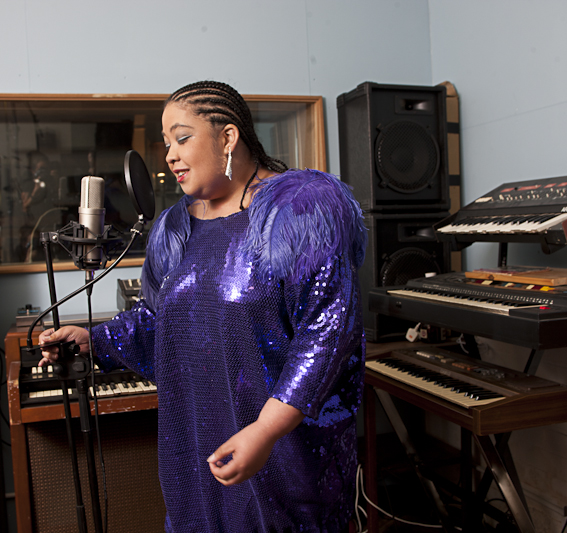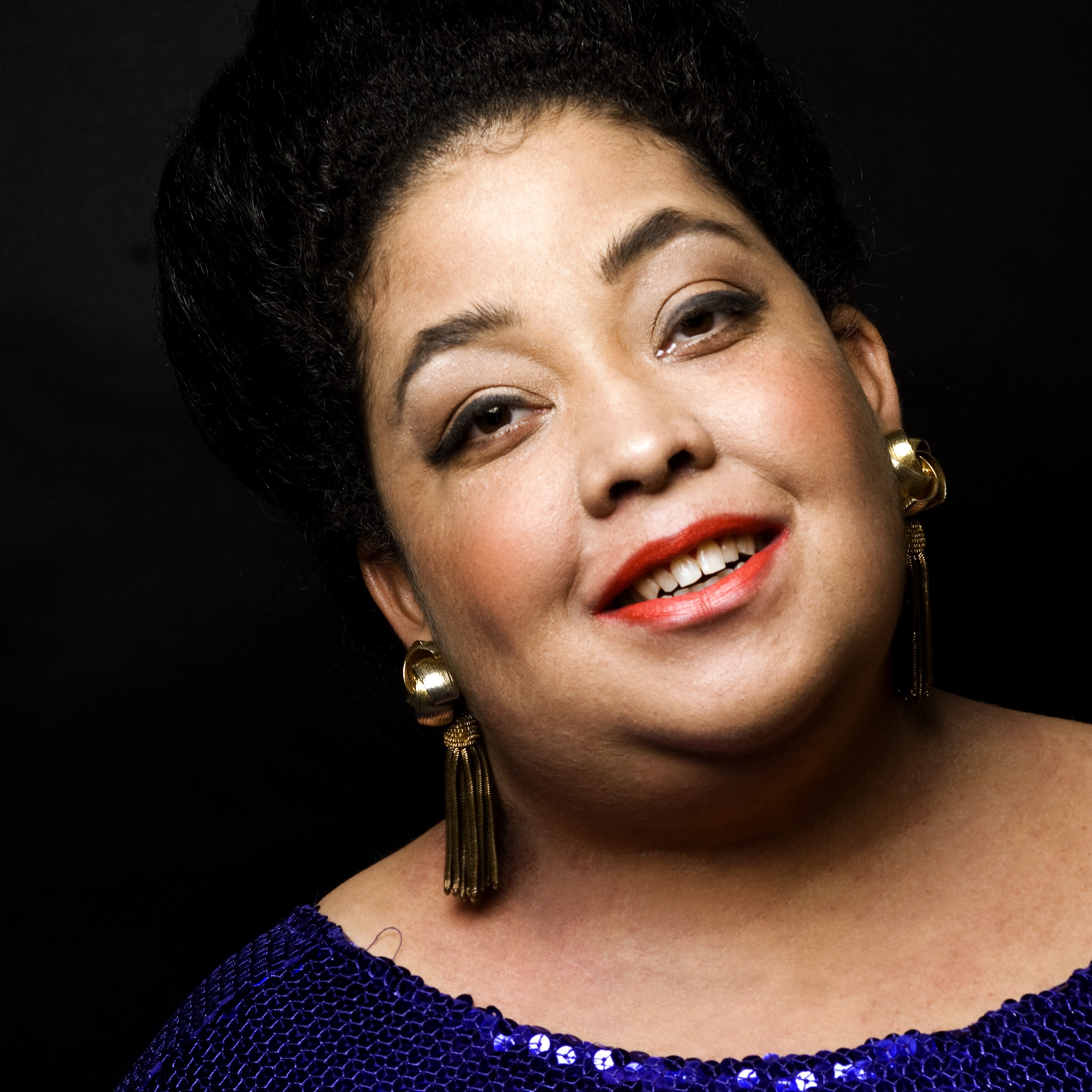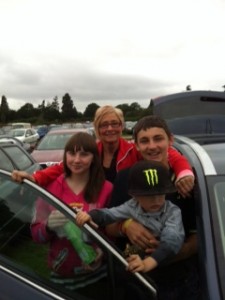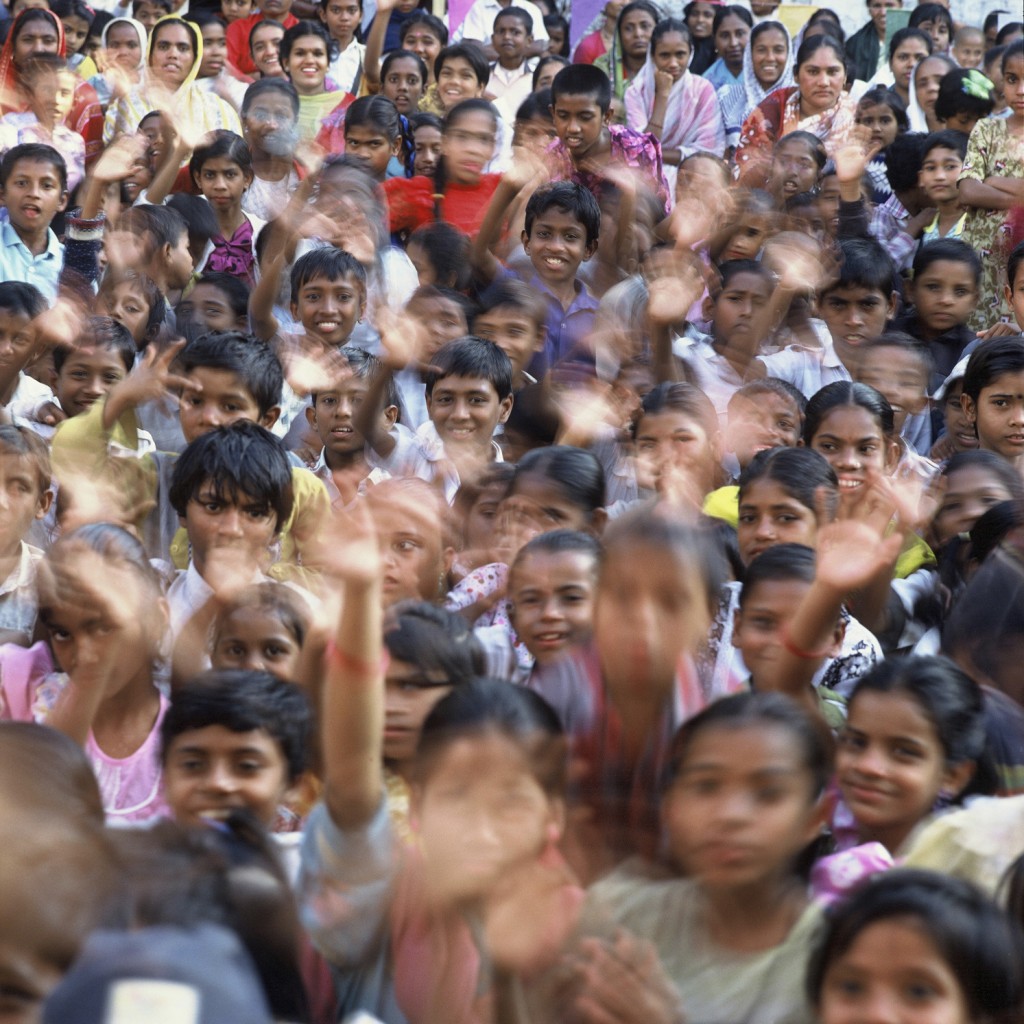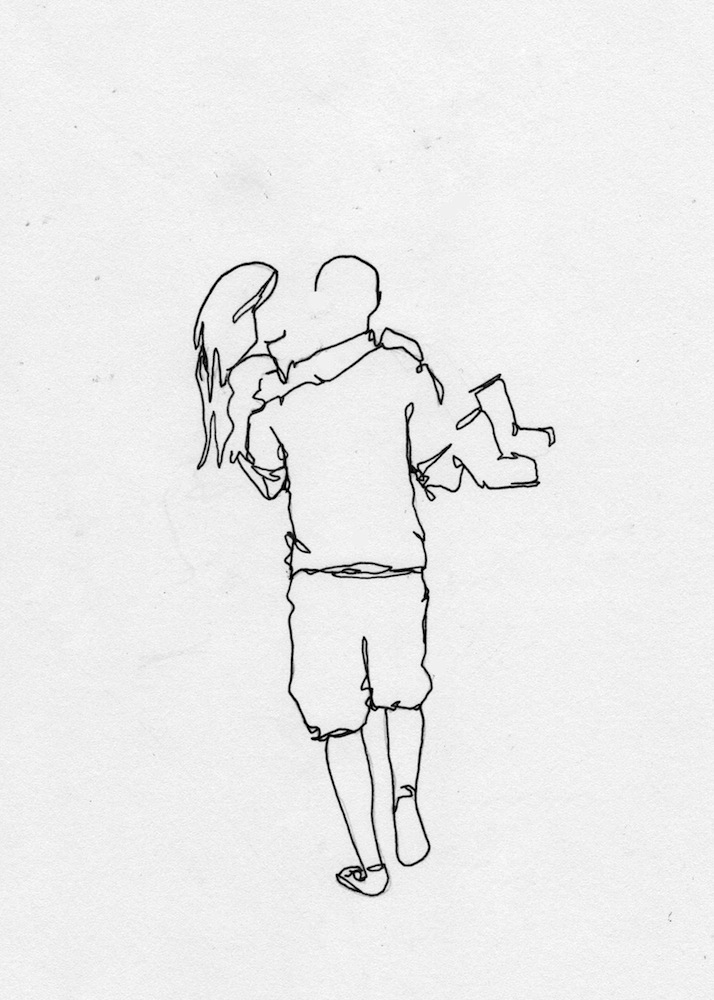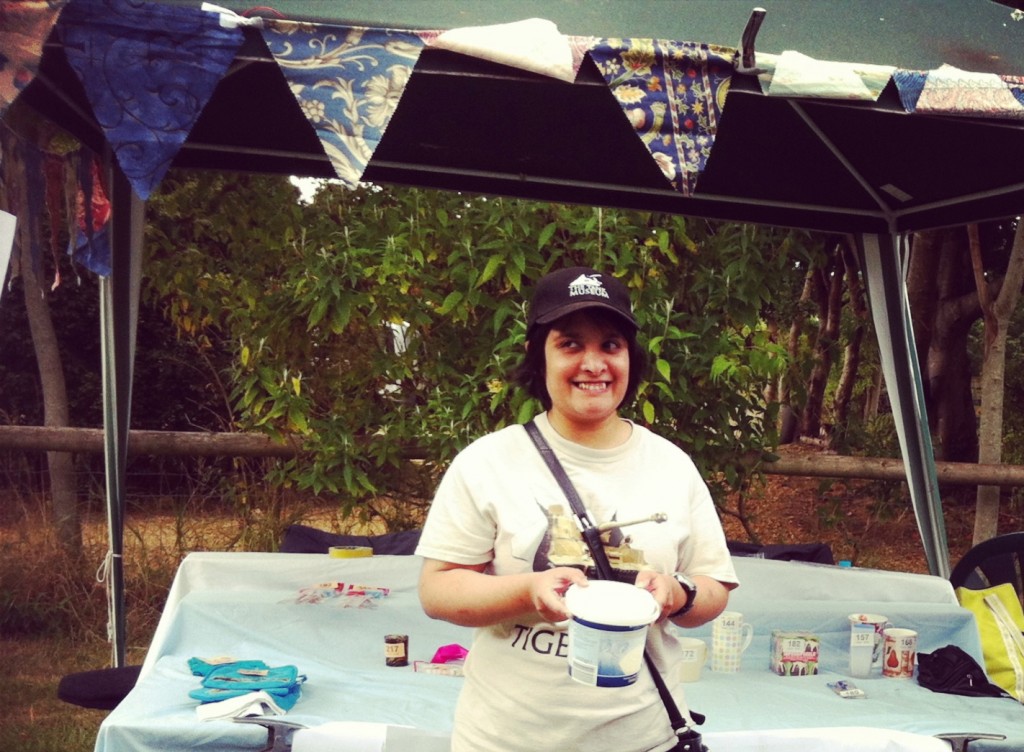
So my family and I were impressed – and proud – to see Raana in marketing mode (above, resplendent with pot for raffle ticket cash) for the first time on Saturday (scroll down for a gallery of snapshots).
We spent the day with Raana at a fundraising fete and open day at the Lantern Community in Ringwood, Hampshire, where she lives and works.
Raana, along with some of her peers, formed a veritable raffle mafia – but not only was parting with cash in a good cause, it was impossible to say no when the ticket sellers assured you “this one’s a winner!” (this was clearly a sales spiel – neither I nor anyone in my family won a single thing…).
The open day in the Lantern’s grounds – with flowers, plants and fruit and veg in early autumnal bloom, stalls, food and live music – marked the opening of a new house, Silver Birches, for adults with learning disabilities. The day was also a celebration of the charity merger between the Lantern and Seahorses. Seahorses is four-star holiday accommodation on the Isle of Wight run by, with and for people with disabilities (as well as for those without) – a B&B with a bonus, as I explained in a recent Guardian piece.
From the fruit, vegetables and plants on sale and display to the bakery produce and the range of arts and crafts including pottery and woodwork, the day showcased the talents of a creative and inspiring group of people. And one of them, running from stall to stall with a book of pink tickets and a broad smile, refusing to stop to chat to me (“I’m busy! I’m working!”), was my saleswoman of a sister.
Talking to my eight-year-old daughter about the fact I was going to blog about our day with Raana, she immediately suggested a title for the story. It’s so neat and accurate, I think it rounds off the post and sums up the event perfectly: The Lantern Stars.
Here’s a small taster of a very successful day:

